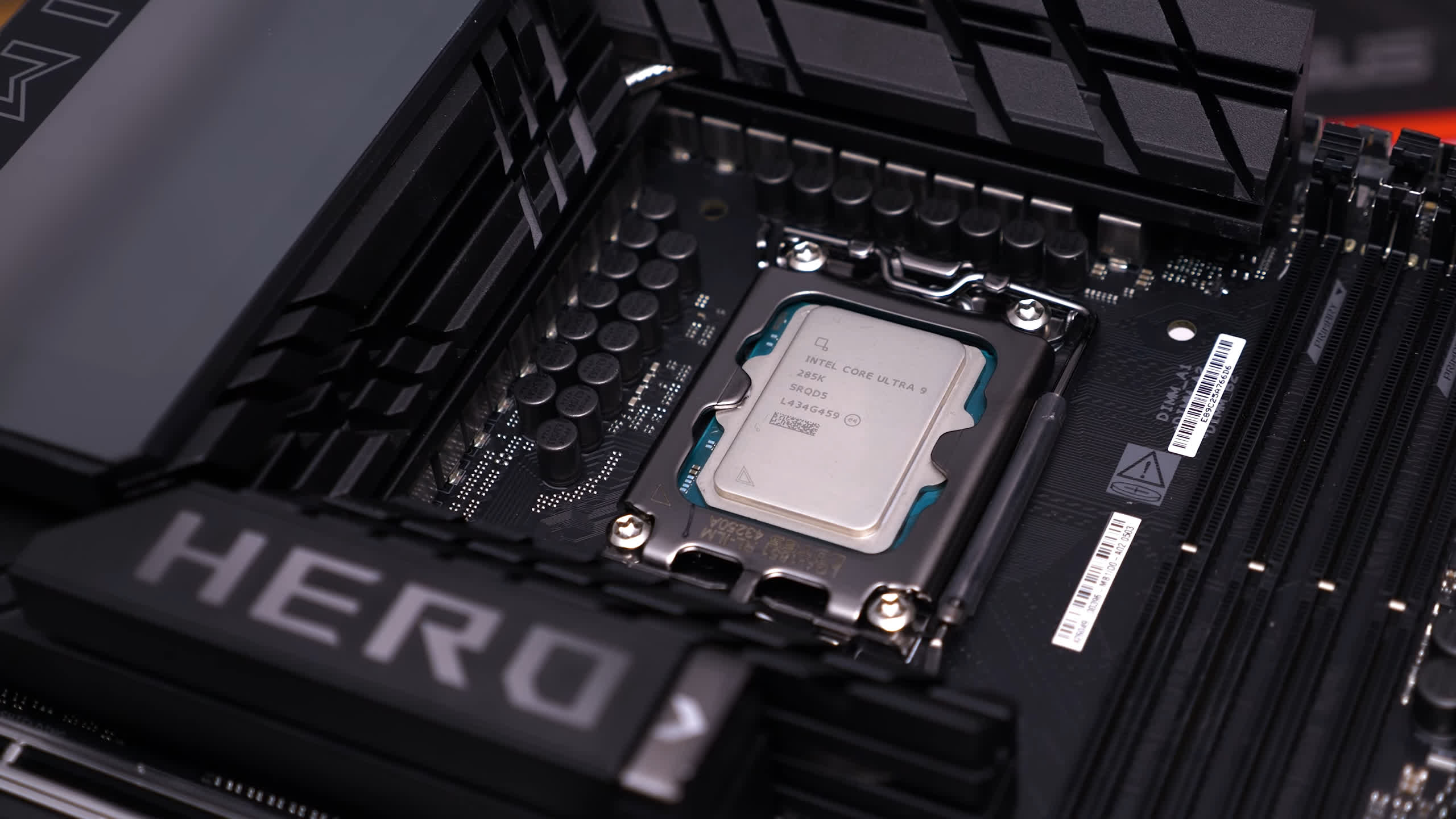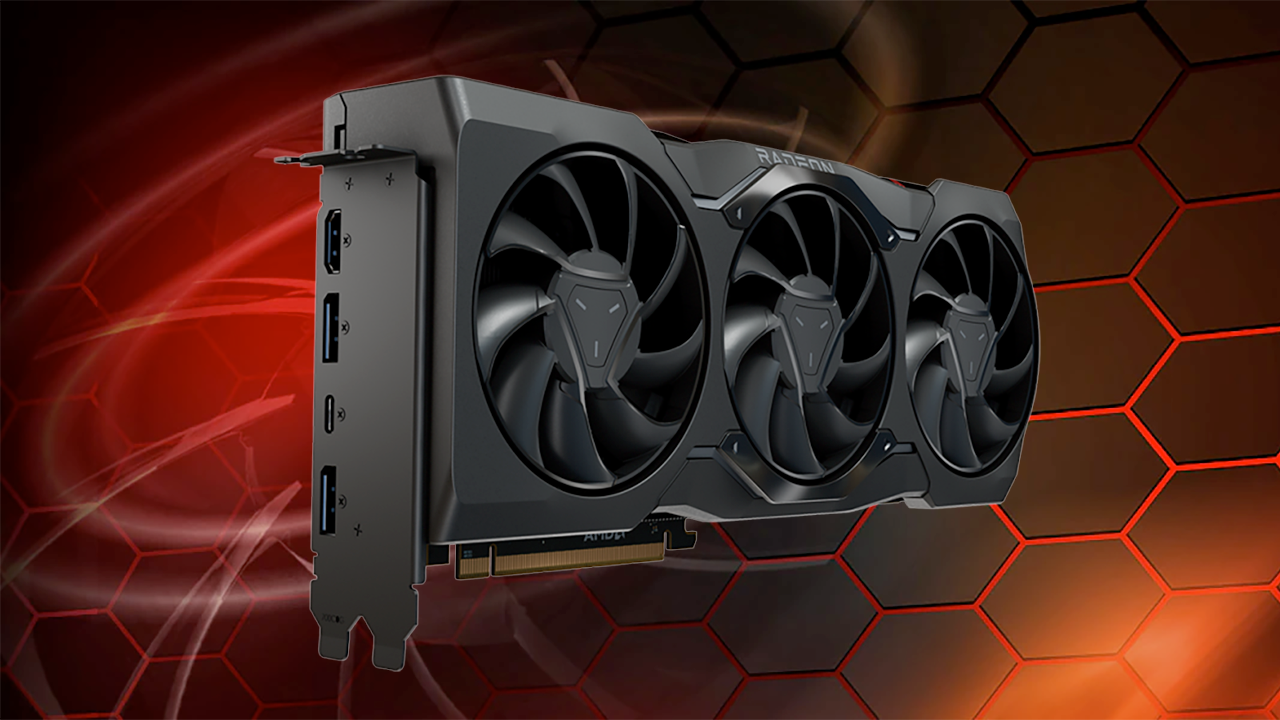In context: Intel's desktop Core Ultra 200 processors recently launched to lukewarm reviews, and the new chips haven't prevailed over their predecessors or the Ryzen 7000 series in online retailer sales charts. However, the situation at the German storefront Mindfactory looks especially dire for the company. Given its recent problems, Chipzilla needs a win, but this lineup doesn't seem to be it.

Intel's Arrow Lake Core Ultra 200S desktop CPUs are nowhere to be found in the first sales report from Germany's largest PC retailer following their launch. Instead, products from competitor AMD's last three CPU lineups nearly fill the entire chart, leaving Intel almost completely shut out.
According to a sales chart that TechEpiphany shared this week, Mindfactory sold 730 AMD processors and only 40 Intel CPUs. Team Red's market share reached almost 95 percent, and the company's revenue from the retailer dwarfed Intel's by well over an order of magnitude.
�"� first Arrow Lake post launch sales numbers
– TechEpiphany (@TechEpiphanyYT) October 29, 2024
AMD share shoots up to 95%
â¹ï¸Â Units
AMD: 730 units sold, 94.81%, ASP: 267
Intel: 40, 5.19%, ASP: 388
â¹ï¸Â Revenue
AMD: 195201, 92.64%
Intel: 15509, 7.36% pic.twitter.com/oaiyG8LO4L
AMD's Ryzen 7 7800X3D is easily the top seller and the only product to sell in the triple digits at 190 units. Out of 32 listed CPUs, 28 are Ryzen 5000, 7000, and 9000 chips. Meanwhile, the only four Intel products to make the list are 13th- and 14th-generation Raptor Lake CPUs, each selling 10 units. Although Mindfactory sold a few chips from AMD's recently launched Ryzen 9000 series, Intel's new Core Ultra 200 lineup is completely absent.
Team Red is similarly dominant in recent rankings from American retailers like Amazon and Newegg, but Arrow Lake at least manages to make an appearance there. Amazon has sold at least 100 Intel Core Ultra 7 265Ks, and that processor ranks 27th on Newegg.
Understanding Arrow Lake's worrying commercial debut isn't difficult. In our review, we noted that the 265K and its larger sibling, the Core Ultra 9 285K, suffer from inconsistent gaming performance and show only light productivity gains. Despite significant power efficiency improvements, the lineup could prove a misfire for Intel. Slightly older CPUs offer similar or better performance at significantly lower prices, so their popularity isn't surprising.
If the situation doesn't improve, it may add to Chpizilla's already mounting problems. The company recently dug itself out of the controversy surrounding crashing Raptor Lake CPUs but still suffers from declining revenue, weakening stock, and speculation about splitting off its divisions. Intel is expected to post its first annual net loss since 1986 this year.
Germany's largest hardware retailer has yet to sell a single Intel Core Ultra 200S CPU
